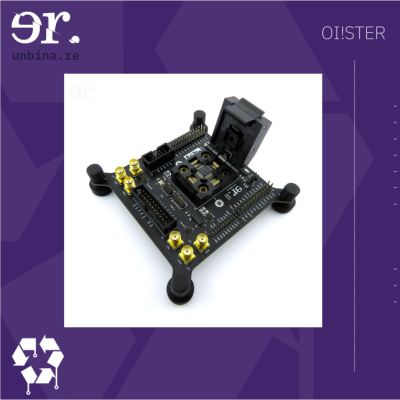Regular readers will know that we have covered the world of electronic badges for many years, and nothing pleases us more than seeing an event badge having a life afterwards rather than becoming a piece of e-waste. Thus we were especially pleased to see [Angus Gratton]’s use of a SHA2017 badge as a solar output monitor, over four years after the event.
The SHA badge used an ESP32 as its processor, and paired it with a touch keypad and an e-ink screen. Its then novel approach of having a firmware that could load MicroPython apps laid the groundwork for the successful open source badge.team firmware project, meaning that it remains versatile and useful to this day.
The solar monitor simply grabs time-series information from the database used by his web graphing system and displays it on the e-ink screen in graph form, but the interest apart from the use of the badge in his treatise on MicroPython coding. He makes the point that many of us probably follow unconsciously, writing for full-fat Python and then fixing the parts which either don’t work or use too many resources on its slimmer cousin. Finally he powers the device from an old phone charger, and shares some tips on controlling its tendency to reboot on power spikes.
It’s almost a year ago that we showed you a SHA badge being used as an environmental sensor.
Thanks [Sebastius] for the tip.


 Unbinare’s tools are designed to work in harmony with each other, a requirement for any productive reverse-engineering effort. OI!STER is a general-purpose salvaged MCU research board, with sockets to adapt to different TQFP chip sizes. This board is Maurits’s experience in reverse-engineering condensed into a universal tool, including a myriad of connectors for different programming/debugging interfaces. We don’t know the board’s full scope, but the pictures show an STM32 chip inside the TQFP socket, abundant everywhere except your online retailer of choice. Apart from all the ways to break out the pins, OI!STER has sockets for power and clock glitching, letting you target these two omnipresent Achilles’ heels with a tool like ChipWhisperer.
Unbinare’s tools are designed to work in harmony with each other, a requirement for any productive reverse-engineering effort. OI!STER is a general-purpose salvaged MCU research board, with sockets to adapt to different TQFP chip sizes. This board is Maurits’s experience in reverse-engineering condensed into a universal tool, including a myriad of connectors for different programming/debugging interfaces. We don’t know the board’s full scope, but the pictures show an STM32 chip inside the TQFP socket, abundant everywhere except your online retailer of choice. Apart from all the ways to break out the pins, OI!STER has sockets for power and clock glitching, letting you target these two omnipresent Achilles’ heels with a tool like ChipWhisperer.












